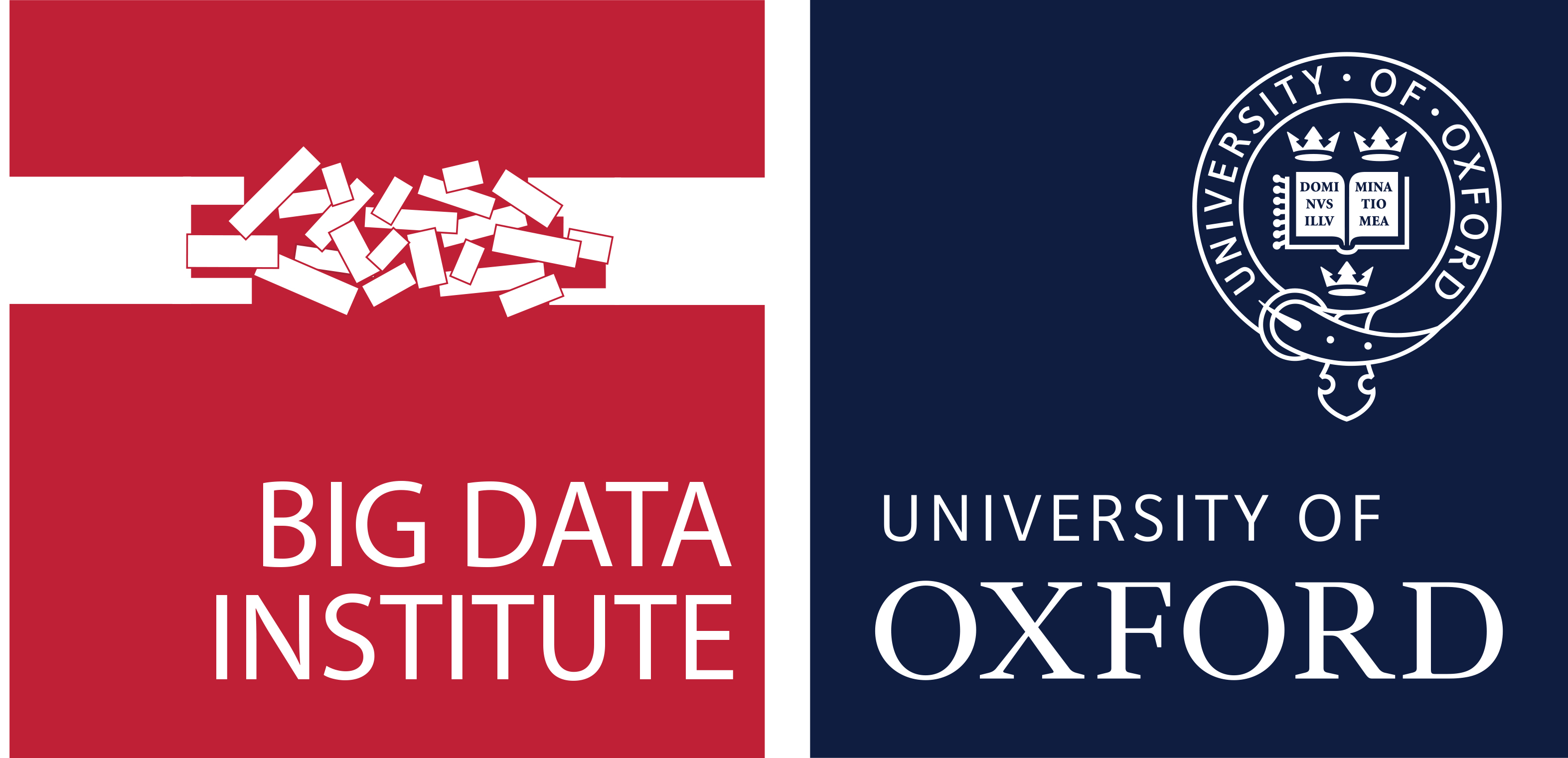Oxygen-enhanced MRI MOLLI T1 mapping during chemoradiotherapy in anal squamous cell carcinoma.
Bluemke E., Bulte D., Bertrand A., George B., Cooke R., Chu K-Y., Durrant L., Goh V., Jacobs C., Ng SM., Strauss VY., Hawkins MA., Muirhead R.
Background and purposeOxygen-enhanced magnetic resonance imaging (MRI) and T1-mapping was used to explore its effectiveness as a prognostic imaging biomarker for chemoradiotherapy outcome in anal squamous cell carcinoma.Materials and methodsT2-weighted, T1 mapping, and oxygen-enhanced T1 maps were acquired before and after 8-10 fractions of chemoradiotherapy and examined whether the oxygen-enhanced MRI response relates to clinical outcome. Patient response to treatment was assessed 3 months following completion of chemoradiotherapy. A mean T1 was extracted from manually segmented tumour regions of interest and a paired two-tailed t-test was used to compare changes across the patient population. Regions of subcutaneous fat and muscle tissue were examined as control ROIs.ResultsThere was a significant increase in T1 of the tumour ROIs across patients following the 8-10 fractions of chemoradiotherapy (paired t-test, p t-test, p ConclusionsThese clinical data demonstrate feasibility and potential for T1-mapping and oxygen enhanced T1-mapping to indicate perfusion or treatment response in tumours of this nature. These data show promise for future work with a larger cohort containing more non-responders, which would allow us to relate these measurements to clinical outcome.

